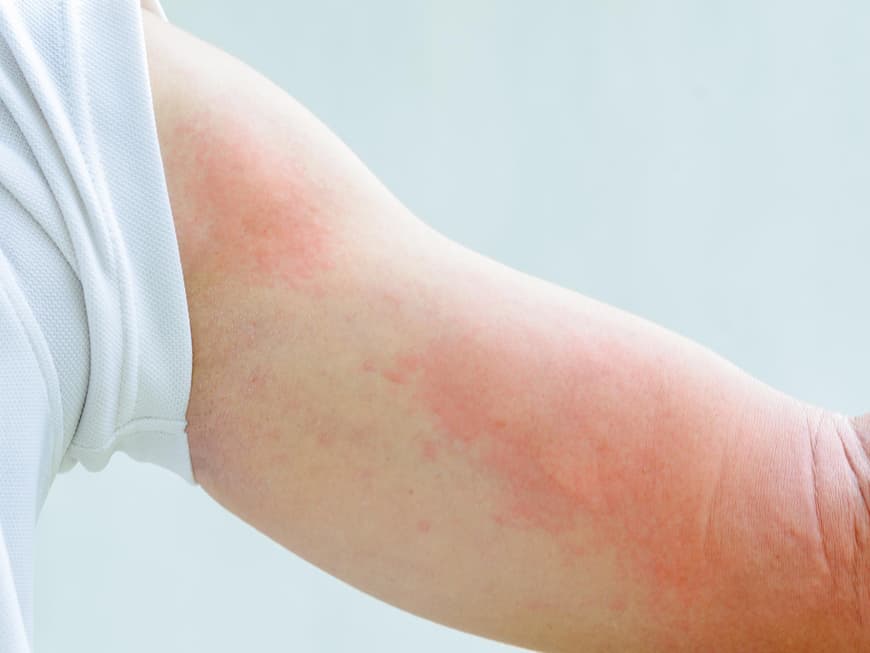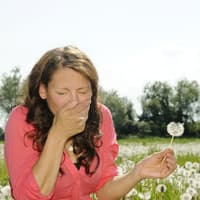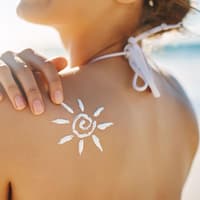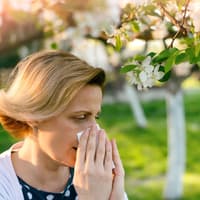
Triggers and symptoms of urticaria
Contact with cold, e.g. cold air or cold water, is the trigger for allergic symptoms in some people. Cold urticaria is relatively widespread at around 15%, and is twice as common in women as in men. Symptoms include changes to the skin and/or mucous membranes. These are often accompanied by wheals of varying size and arrangement, frequently accompanied by itching and reddening of the skin. The temperature at which the symptoms are triggered depends on the individual. The threshold temperature can be up to 26 degrees.
In exceptional cases, cold urticaria can even become dangerous. It is therefore not advisable for urticaria sufferers to suddenly jump into cold water. This causes the body to release so much histamine that it can lead to anaphylactic shock with cardiovascular arrest.
What does urticaria therapy look like?
There is currently no promising long-term treatment for urticaria. In acute cases, it is possible to treat the symptoms with antibiotics, an anti-histamine or an ointment. Those affected should always consult a doctor and try to avoid the cold as much as possible.






